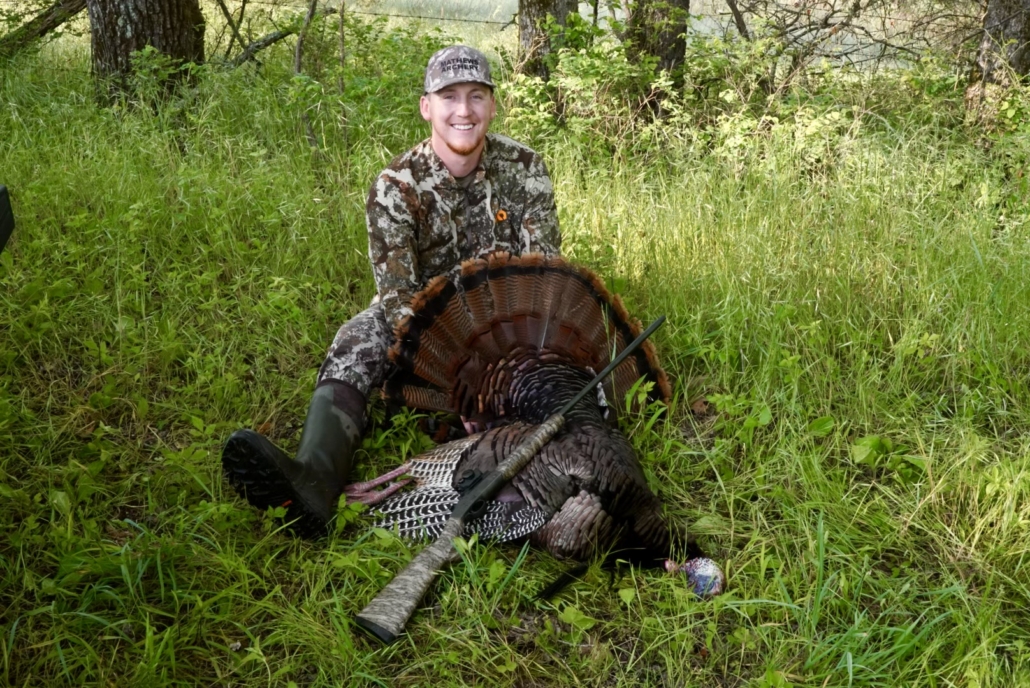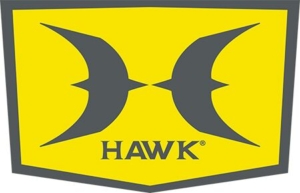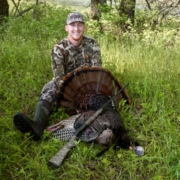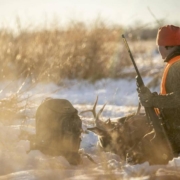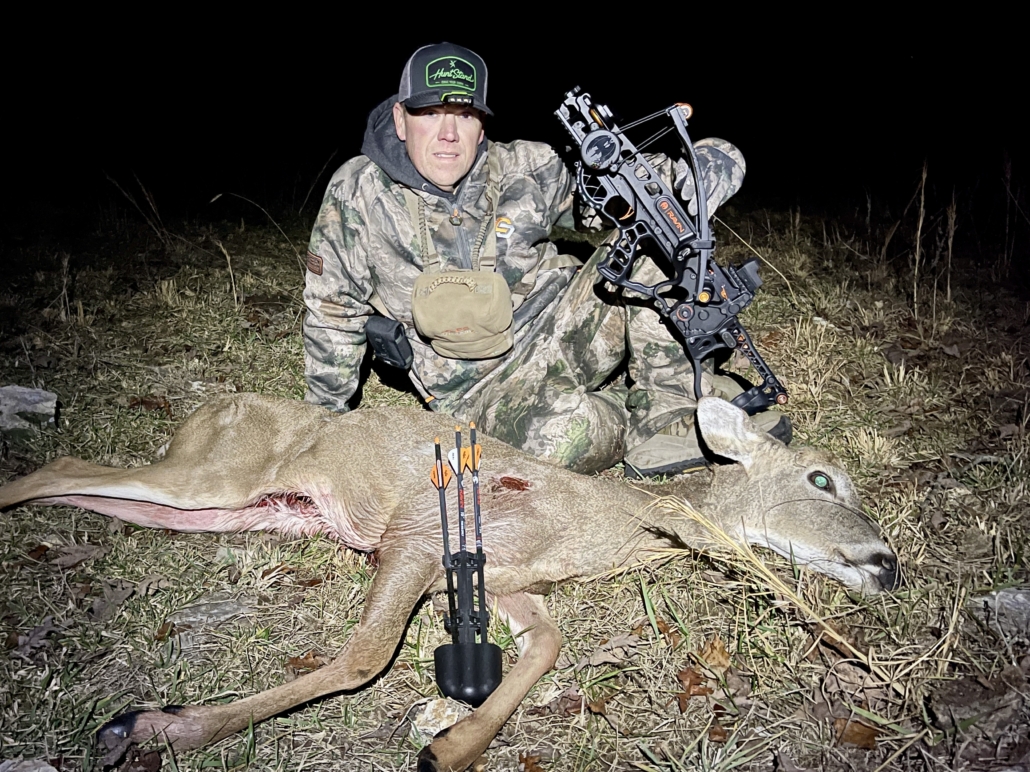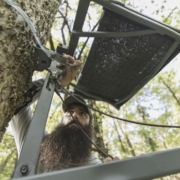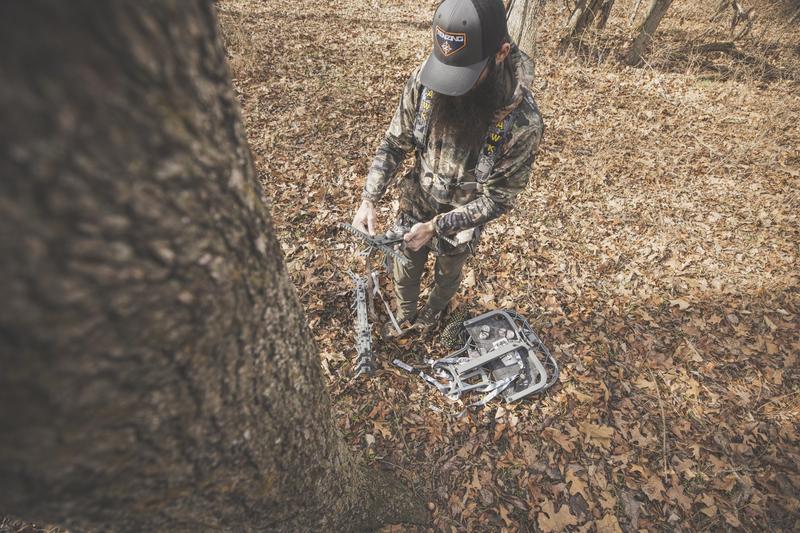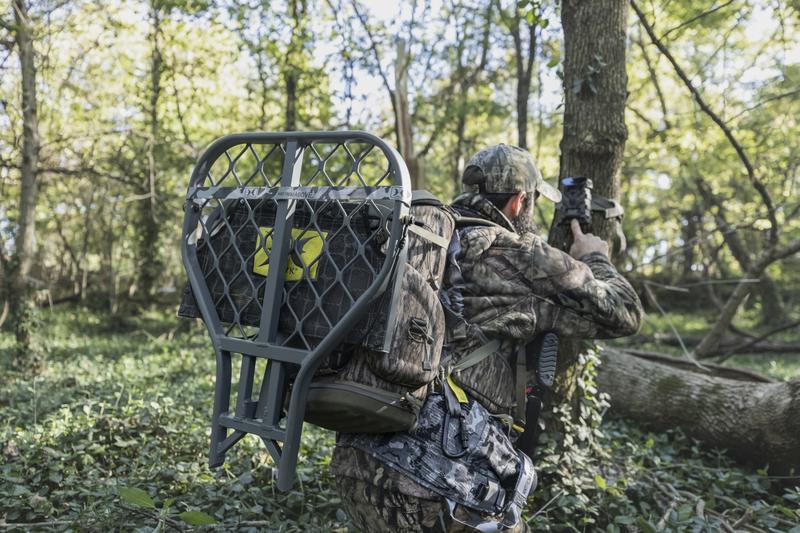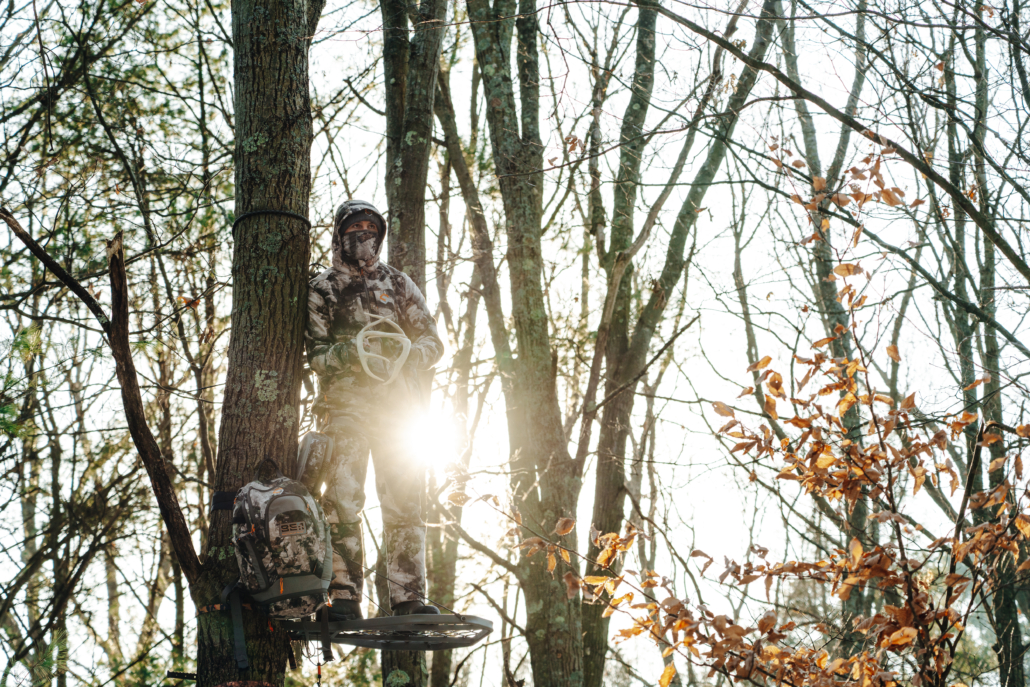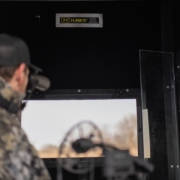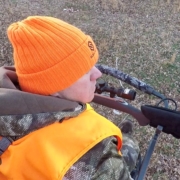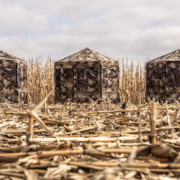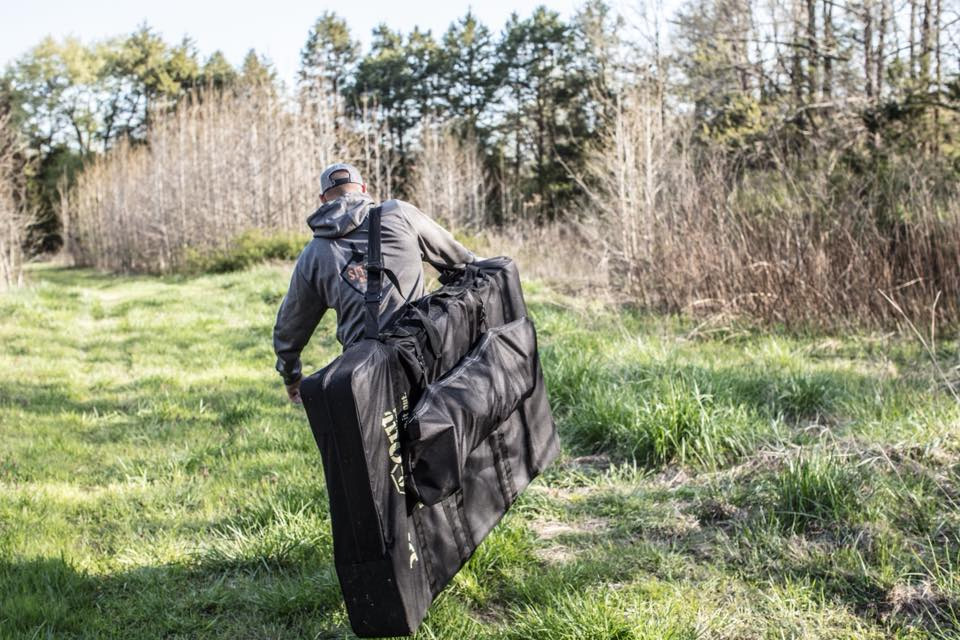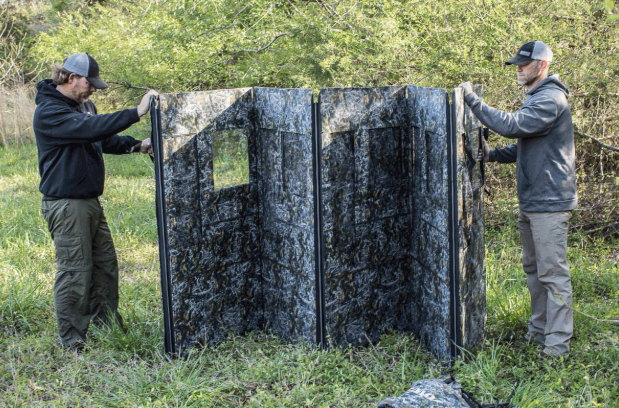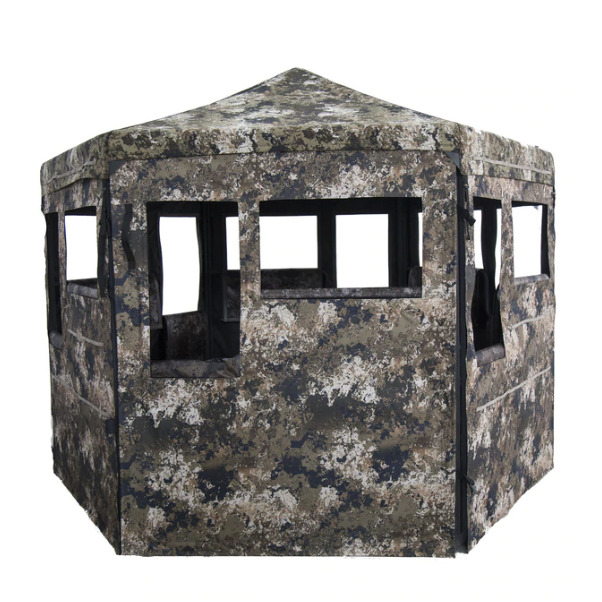Hunting The Roost: Unveiling the Late Season Turkey Hunter’s Secret Weapon
What is the number one go-to tactic for late-season turkey hunters? As the curtain falls on another turkey hunting season, seasoned hunters face a familiar dilemma: how to coax those wary gobblers within range one last time. Late in the season, turkeys are no strangers to the game – they’ve weathered weeks of relentless pursuit, breeding battles, and constant calling. Yet, amidst the challenges, a tried-and-true tactic stands as a beacon of hope for the determined hunter: the best late-season tactic is getting close to the roost. Though every turkey hunter may not agree, many late-season hunters rely on targeting the roost tree as their ultimate late-season strategy. Let me offer some insights, tips, and techniques to see if you agree and maybe help you finish the season strong.
Understanding the Late Season Dynamic
As the season progresses, both hunters and turkeys transform. The once eager gobblers who woke up each morning with many thundering gobblers become increasingly cautious, staying much quieter on the limb, and silent and call-shy, wary of the constant pressure and relentless pursuit after they get on the ground. Likewise, hunters lose their morning enthusiasm, now relying on a more robust dark roast coffee to widen their tired eyes and resort to more creative tactics in their quest for that elusive trophy bird that can end their season with success. Amidst this late-season dance, the roost tree emerges as a sanctuary of sorts—a haven where weary birds seek refuge under the cover of darkness, making it the best place to hunt late season.
The Power of the Roost
So, why is the roost tree the ultimate late-season hotspot for turkey hunters? The answer lies in the behavior and psychology of the birds themselves. As the sun sets and darkness descends, turkeys instinctively flock to their roosting sites, seeking safety and shelter from nocturnal predators. By positioning yourself near these roost trees early in the mornings, you gain a strategic advantage over these weary birds. One of the most common hurdles that hunters face later in the season is turkeys who become shy, resulting in them hanging up outside of the shooting range because they don’t feel safe or are nervous to come any closer. The best way to eliminate the risk of gobblers hanging up is by being right on their tail moments after they fly off the roost. They don’t have time to hang up, which increases your chances of success.
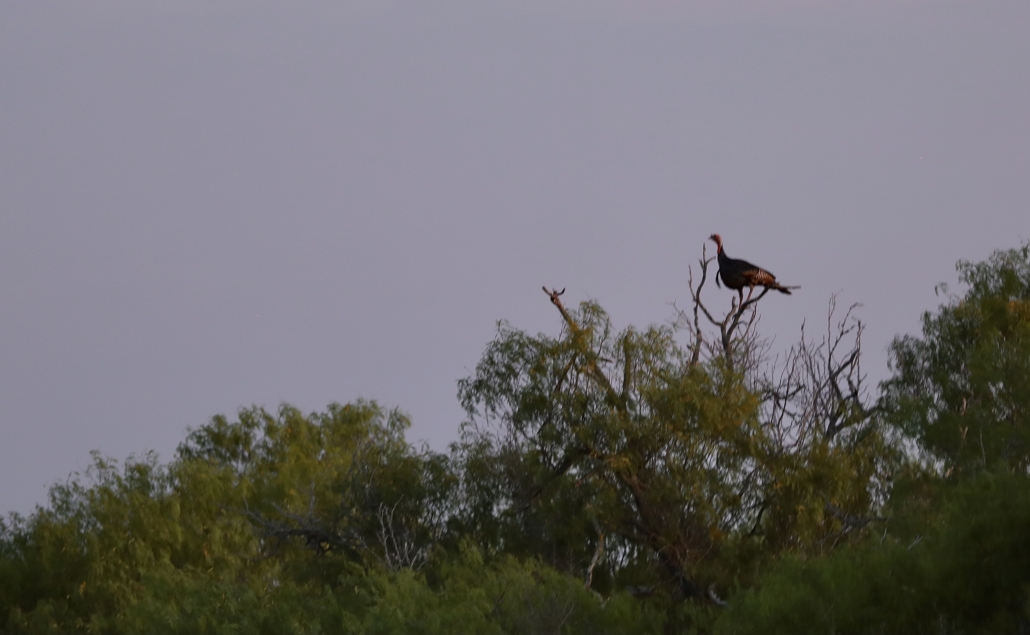
Tactics for Targeting the Roost
Successful hunting near the roost requires a combination of stealth, patience, and strategic calling. To maximize your chances of success, arrive at your hunting spot well before dawn, allowing ample time to set up and acclimate to your surroundings. If gobblers are roosted near a field or more open area, hunters can go in during the middle of the day and set up a ground blind such as the Hawk Reveal Ground Blind or Mancave Archery Blind. Once in position, maintain silence and avoid unnecessary movement that could spook nearby birds. When the time comes to call, opt for low-volume, subtle calls that mimic the sounds of a contented hen. One of my favorite low-volume calls is using a wood striker and the New H.S. Strut Camo Cutt’R Slate Turkey Call. The soft calls that can be made on slate calls are perfect for luring gobblers within range without arousing suspicion.
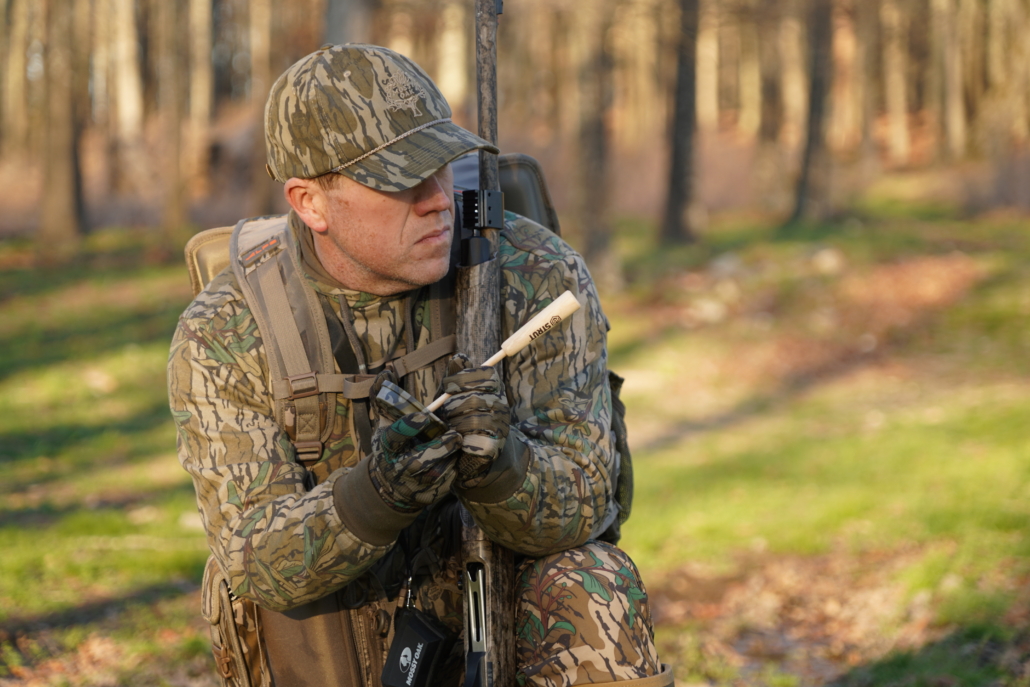

Fine-Tuning Your Approach
Adaptability is critical in the pursuit of late-season gobblers. Pay close attention to subtle cues and adjust your strategy accordingly. If birds respond positively to your calls, resist the urge to overcall, opting for intermittent soft clucks and purrs to maintain their interest. Conversely, if birds remain silent or exhibit skittish behavior, consider switching locations or employing a single hen decoy, such as the Avian X LCD Lookout or Feeder Hen Decoy. This decoy is made to resemble a lone hen who has flown off the roost and decided to hang out close by, looking for a gobbler who is searching for love one last time before the breeding season ends. This single decoy approach can enhance your setup, better than using a bunch of calls that can push pressured toms away. By remaining flexible and attuned to the birds’ behavior, you increase your chances of success in the late-season hunt.
In turkey hunting, the late season presents challenges and opportunities for the discerning hunter. As the days grow shorter and the woods quieter, the roost tree emerges as a last mainstay of opportunity in the quest for that elusive gobbler. By mastering the art of hunting near the roost, you unlock the potential to finish the season strong, securing your place among seasoned turkey hunters. So, heed the call of the wild, embrace the challenges of the late season, and let the roost tree guide you to victory in your pursuit of the ultimate turkey trophy.
